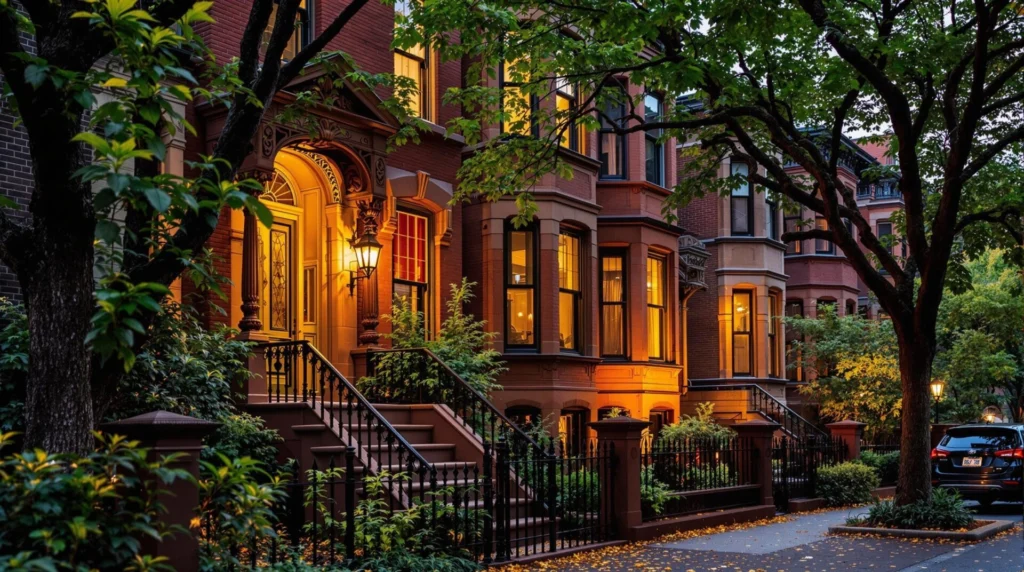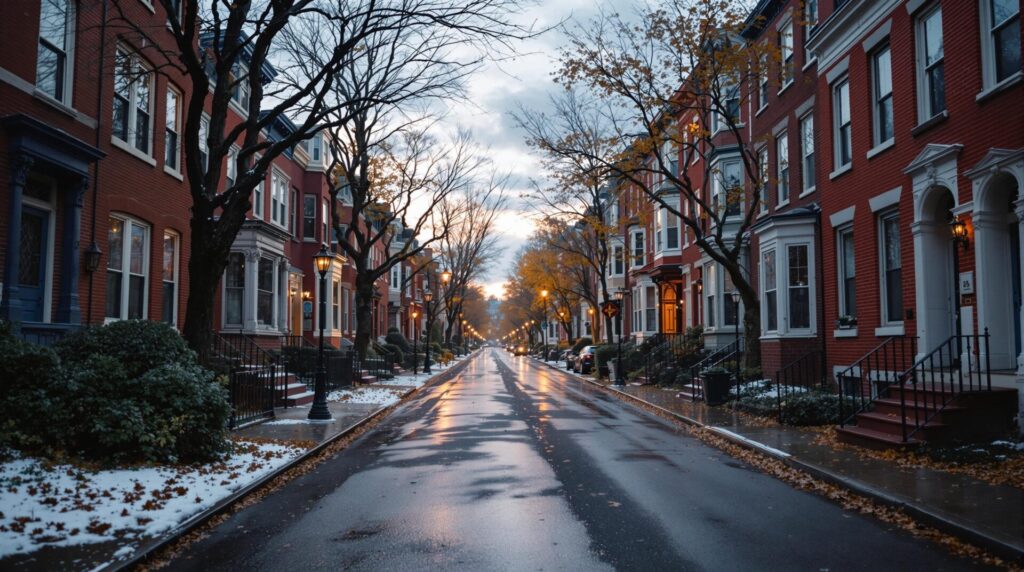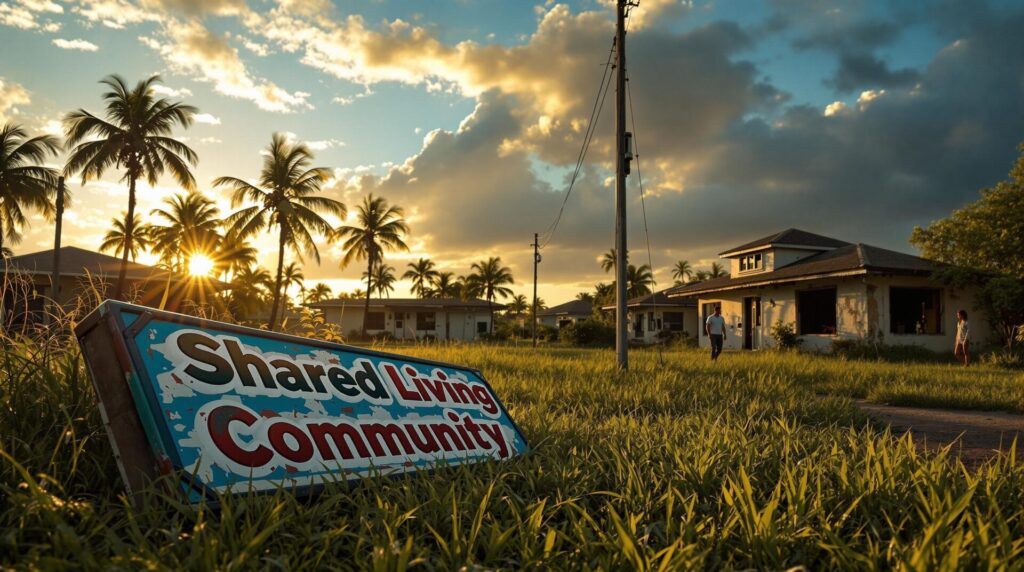Key Takeaways
- Walkable urban cities attract higher property values due to their vibrant, pedestrian-friendly environments.
- Investing in neighborhoods with high walkability scores provides long-term appreciation and tenant demand.
- Sustainable urban design and government incentives enhance the appeal and value of walkable cities.
The Growing Appeal of Walkable Urban Cities
Investing in walkable urban cities isn’t just a trend; it’s a savvy move that capitalizes on the rising demand for pedestrian-friendly neighborhoods. These areas enhance the quality of life with reduced car reliance, lower pollution, and vibrant local economies.
Properties in walkable cities like New York and Portland often see faster value appreciation than those in car-dependent areas.
By targeting locations with high walkability scores and keeping an eye on local policies, you can tap into diverse tenant demand and sustainable growth.
If you’re curious about maximizing your investments and understanding the full potential of these dynamic urban spaces, there’s much more to explore.
Benefits of Walkability
Embracing walkability in urban cities offers numerous benefits that can greatly improve the quality of life for residents. When you live in a pedestrian-friendly environment, you’ll find it easier to get around without relying on cars.
This kind of urban design encourages more walking, which not only boosts your physical health but also reduces traffic congestion and pollution.
Imagine strolling through well-maintained sidewalks, parks, and plazas. These spaces aren’t just visually appealing; they foster social interactions and create a sense of community. You’re more likely to bump into neighbors, making the city feel more connected and friendly.
Additionally, businesses thrive in walkable areas because people spend more time and money in local shops and cafes.
Urban design that prioritizes walkability also makes cities safer. Well-lit paths and pedestrian crossings reduce the risk of accidents, especially for children and the elderly. This thoughtful planning can even increase property values, as many homebuyers prefer neighborhoods where they can walk to schools, parks, and stores.
When you embrace a pedestrian-friendly urban design, you’re not just enhancing your daily life, but also contributing to a sustainable and vibrant community.
Market Trends
When delving into market trends for walkable urban cities, it’s evident that demand for pedestrian-friendly neighborhoods is surging. You’re seeing a shift where urban density is becoming more desirable.
People are moving back to cities, driven by demographic shifts and changing consumer preferences.
They prefer areas with diverse transportation options and a variety of lifestyle choices.
Economic indicators support this trend. Property values in walkable cities are rising faster than in car-dependent areas. Zoning regulations are adapting to encourage this growth, with many cities offering development incentives for projects that promote walkability.
These incentives can range from tax breaks to expedited permit processes, making it easier for developers to invest in these areas.
Community engagement also plays a significant role.
Residents in walkable neighborhoods are often more involved in local decision-making, contributing to a sense of ownership and pride that further enhances property values.
As walkable urban areas attract more investment, you’ll notice that these communities are also focusing on improving amenities and infrastructure, making them even more appealing.
Walkable Revolution: Why 2025 Will Be a Game-Changer for Urban Living and Real Estate Investing
Picture this, thriving neighborhoods where every step you take is an investment in your future. Walkable urban cities and neighborhoods aren’t just a trend—they are the heartbeat of a brighter, more prosperous America.
Demand for pedestrian-friendly environments is skyrocketing, fueled by people who crave convenience, community, and a lifestyle that feels alive.
Whether you’re a savvy real estate investor, a visionary developer, or someone dreaming of a vibrant, walkable life, 2025 is your moment to act.
Here are ten electrifying forecasts that prove walkable cities are the ultimate frontier for growth, opportunity, and transformation:
Developing walkable urban cities and neighborhoods is a growing trend in urban planning, driven by increasing demand for pedestrian-friendly environments that enhance quality of life and economic vitality.
Here are ten key market data points and forecasts for walkable urban areas in 2025:
- Economic Impact of Walkable Urban Areas: Walkable urban places occupy just 1.2% of metropolitan land area but contribute approximately 19.1% of the U.S. real GDP. This highlights their significant economic productivity relative to their size.
- Market Share Growth: Between 2017 and 2021, walkable urban places increased their market share by 2.8 times, indicating a strong and growing demand for walkable environments.
- Real Estate Premiums: Properties in walkable urban areas command significant price premiums. For instance, office spaces in such areas can have premiums ranging from 24% to 105%, depending on the city, reflecting the high desirability of walkable locations.
- Smart Cities Market Growth: The global smart cities market, which includes investments in technologies that enhance urban walkability, is projected to grow at a compound annual growth rate (CAGR) of 25.8% from 2023 to 2030, reaching approximately USD 3.84 trillion by 2029.
- Housing Market Trends: Cities with walkable urban areas are expected to experience significant growth in home sales. For example, markets like Boston, Phoenix, and Charlotte are projected to be among the hottest housing markets in 2025, benefiting from their walkable urbanism.
- Population Shifts: There is a notable movement towards urban revitalization, with younger populations increasingly favoring inner-city, walkable neighborhoods. This trend is contributing to the rejuvenation and economic growth of these areas.
- Investment in Walkable Areas: Investors are showing a growing interest in walkable urban places due to their economic resilience and higher returns. For instance, Dallas-Fort Worth has been named a top spot for real estate investment in 2025, partly due to its development of walkable urban areas.
- Retail Sector Performance: The retail sector in walkable urban areas is expected to lead commercial property performance in 2025, driven by the resilience of physical stores and the appeal of mixed-use, pedestrian-friendly environments.
- Affordability Challenges: Despite their desirability, walkable urban areas face challenges related to affordability. High demand has led to increased property values, raising concerns about equitable access to these neighborhoods.
- Policy and Zoning Reforms: To accommodate the growing demand for walkable urbanism, cities are increasingly considering zoning reforms and investments in non-car transportation options. These policy changes aim to promote the development of walkable neighborhoods and address affordability issues.
These data points underscore the expanding significance of walkable urban areas in the real estate market and urban development strategies as we approach 2025.
Top Walkable Cities
Among the top walkable cities, a few consistently rise to the forefront due to their exceptional urban planning and commitment to pedestrian-friendly environments.
These cities have successfully created spaces where you can walk comfortably and safely, enjoying urban life without the need for a car.
They prioritize accessibility, convenience, and the well-being of pedestrians, making them attractive for both residents and visitors alike.
Here are four standout walkable cities known for their pedestrian plazas and urban greenways:
- New York City, NY: Famous for its bustling pedestrian plazas like Times Square, NYC offers extensive urban greenways such as the High Line, creating a vibrant, walkable environment.
- San Francisco, CA: With its compact neighborhoods and attractions like Golden Gate Park, San Francisco encourages walking through well-connected urban greenways and scenic pedestrian routes.
- Portland, OR: Known for its sustainable urban planning, Portland boasts numerous pedestrian plazas and a network of greenways that make it easy to navigate the city on foot.
- Boston, MA: Boston’s historic charm is enhanced by its walkable streets and pedestrian-friendly areas like the Freedom Trail, combined with ample green spaces.
These cities excel in making urban life more accessible and enjoyable, enhancing the overall experience for pedestrians.
Investment Strategies
For savvy investors eyeing walkable urban cities, implementing effective investment strategies is critical to capitalizing on the potential these areas offer. To maximize returns, focus on properties in neighborhoods with high walkability scores.
These areas tend to experience strong value appreciation due to their convenience and attractiveness to residents.
First, consider the tenant demand. Walkable cities often attract a mix of young professionals, families, and retirees looking for easy access to amenities like shops, restaurants, and public transportation.
By targeting properties that fulfill these needs, you guarantee steady rental income and lower vacancy rates.
Next, diversify your portfolio. Don’t just invest in residential properties; explore commercial real estate in walkable zones. Businesses thrive in areas with high foot traffic, leading to increased property values and rental income.
Combining residential and commercial investments can balance risks and rewards.
Additionally, monitor local government policies. Cities investing in infrastructure improvements and promoting walkability can greatly boost property values.
Stay informed about planned developments and zoning changes to identify emerging investment opportunities before the market catches on.
Case Studies
To better understand how effective investment strategies play out in real-world scenarios, let’s explore some compelling case studies.
These examples will highlight the importance of urban design, pedestrian safety, and community engagement in creating successful walkable urban cities.
- Portland, Oregon: The city’s focus on mixed use developments and transportation access has revitalized its local economies. Zoning regulations encourage a blend of residential, commercial, and cultural amenities, making it a vibrant place to live and work.
- Copenhagen, Denmark: Known for its commitment to environmental impact and pedestrian safety, Copenhagen has successfully integrated bike lanes and walking paths. This focus on sustainable urban design has boosted both property values and lifestyle preferences.
- New York City’s High Line: This elevated park transformed an old railway line into a popular mixed use development. It’s a prime example of how repurposing infrastructure can enhance community engagement and attract real estate investment.
- Melbourne, Australia: The city’s zoning regulations and emphasis on transportation access have created a thriving urban core. With abundant cultural amenities and a strong sense of community, Melbourne demonstrates how thoughtful urban design can drive local economies.
These case studies show that investing in walkable urban areas can yield substantial benefits, aligning with modern lifestyle preferences and supporting robust local economies.
Future Projections
Looking ahead, the future of walkable urban cities promises even greater opportunities for real estate investment. As urban planning evolves, cities are becoming more focused on creating pedestrian-friendly environments.
This shift not only enhances the quality of life for residents but also boosts property values. You can expect these cities to continue investing in infrastructure that supports walking, such as wider sidewalks, safer crosswalks, and more green spaces.
Demographic shifts are also playing a vital role in shaping the future of urban living. Younger generations, particularly millennials and Gen Z, prioritize convenience, sustainability, and community. They prefer living in areas where they can walk to work, shops, and entertainment venues.
This trend makes walkable urban areas increasingly attractive for real estate investors.
As these demographic groups continue to grow, so will the demand for properties in walkable neighborhoods. Additionally, cities are likely to implement more policies that favor such developments, further driving up property values.
By staying informed about these trends, you can strategically position yourself to capitalize on the increasing desirability of walkable urban cities.
So, keep an eye on urban planning initiatives and demographic trends to maximize your investment potential.
Risks and Challenges
When considering walkable urban cities for real estate investment, you should be aware of several risks and challenges. Infrastructure maintenance costs can be high, impacting your long-term profitability.
Additionally, market volatility and regulatory compliance issues might add layers of complexity to your investment strategy.
Infrastructure Maintenance Costs
Maintaining the infrastructure in walkable urban cities comes with its own set of risks and challenges that can considerably impact real estate investment potential. You need to evaluate the ongoing costs of keeping streets, sidewalks, parks, and utilities in top shape.
These costs can be significant, especially if infrastructure funding is inconsistent or insufficient.
Efficient maintenance is vital to guarantee that these urban areas remain attractive and functional.
Here are four key points to keep in mind:
- Regular Upkeep: Walkable cities require frequent maintenance to keep pathways safe and usable. This includes fixing potholes, clearing debris, and verifying proper lighting.
- Aging Infrastructure: Older cities often have infrastructure that requires more extensive repairs, which can be costly and time-consuming.
- Budget Constraints: Limited infrastructure funding can lead to deferred maintenance, resulting in more severe problems down the line.
- Public-Private Partnerships: Sometimes, cities rely on collaborations with private investors to share the burden of maintenance costs, but this can introduce additional complexities.
Understanding these factors can help you gauge the long-term viability of your real estate investments.
By staying informed about maintenance efficiency and funding issues, you can better manage the risks associated with investing in walkable urban areas.
Market Volatility Concerns
Market volatility often introduces a layer of unpredictability that can make real estate investments in walkable urban cities particularly challenging. When economic downturns hit, they can greatly impact investor sentiment, making you question the stability of your investments.
You might see fluctuations in property values and rental yields, which can affect both short-term returns and long-term capital appreciation.
Urban density, a key feature of walkable cities, can either be a boon or a bane. High density can drive up housing demand, but it also means that any economic shifts can have amplified effects.
For instance, demographic shifts such as an aging population or migration trends can alter the demand for different types of housing, impacting your investment strategy.
Interest rates are another critical factor. Rising interest rates can make borrowing more expensive, potentially reducing your purchasing power and affecting market resilience.
Meanwhile, during periods of low-interest rates, competition can drive prices up, making it harder to find lucrative deals.
Understanding these risks helps you navigate the complex landscape of real estate investment.
Keeping an eye on market trends, economic indicators, and demographic changes can help you make more informed decisions and mitigate potential losses.
Regulatory Compliance Issues
Maneuvering market volatility isn’t the only hurdle in real estate investments; regulatory compliance issues pose substantial risks and challenges as well. When you’re considering investing in walkable urban cities, understanding the regulatory landscape is vital.
These regulations can impact your project’s feasibility, timeline, and overall success.
Firstly, zoning laws determine how land can be used, affecting everything from residential projects to commercial developments. You’ll need to guarantee your plans align with these laws. Second, building codes dictate the construction standards your project must meet, influencing both safety compliance and cost.
Here are four key regulatory areas to keep in mind:
- Land Use and Zoning Laws: Confirm your project complies with local land use regulations to avoid costly delays.
- Building Codes and Safety Compliance: Adhere to these standards to confirm your buildings are safe and up to code.
- Accessibility Standards: Make sure your development meets these standards to be inclusive and legally compliant.
- Environmental Regulations and Permit Processes: Maneuvering these requirements helps you avoid fines and guarantees sustainable practices.
Urban planning often introduces new regulations, making it essential to stay updated. Maneuvering these regulatory compliance issues effectively can greatly mitigate risks and boost your investment’s potential.
Sustainable Development
Sustainable development is essential for the future of walkable urban cities, often serving as the backbone of their long-term viability. When you integrate eco-friendly practices into urban design, you’re creating spaces that not only thrive today but also continue to flourish for generations.
Think about it: sustainable development means lower energy costs, reduced pollution, and a healthier environment, all of which enhance the quality of life for city residents.
By adopting green building materials, promoting energy-efficient transportation, and preserving green spaces, you’re making a significant impact. For example, using solar panels and green roofs in new constructions can drastically cut down on energy consumption.
Plus, supporting public transportation and bike lanes helps reduce traffic congestion and carbon emissions. These eco-friendly practices aren’t just good for the planet; they’re also attractive to potential investors looking for properties that promise long-term value.
Incorporating sustainable urban design principles guarantees that walkable cities remain vibrant and resilient. You’re not just building a city; you’re crafting a community that values health, well-being, and sustainability.
By focusing on these aspects, you can help create urban environments where people want to live, work, and invest.
Conclusion
So, are walkable urban cities worth your real estate investment?
Absolutely!
They offer numerous benefits like higher property values and vibrant communities. Market trends show increasing demand in these areas, making them a smart choice. By exploring top cities and applying effective strategies, you can seize great opportunities.
Remember, while there are risks and challenges, the potential rewards are significant.
Embrace sustainable development, and you’ll be investing in a brighter, more connected future.





















